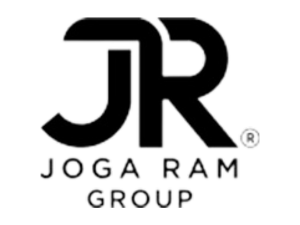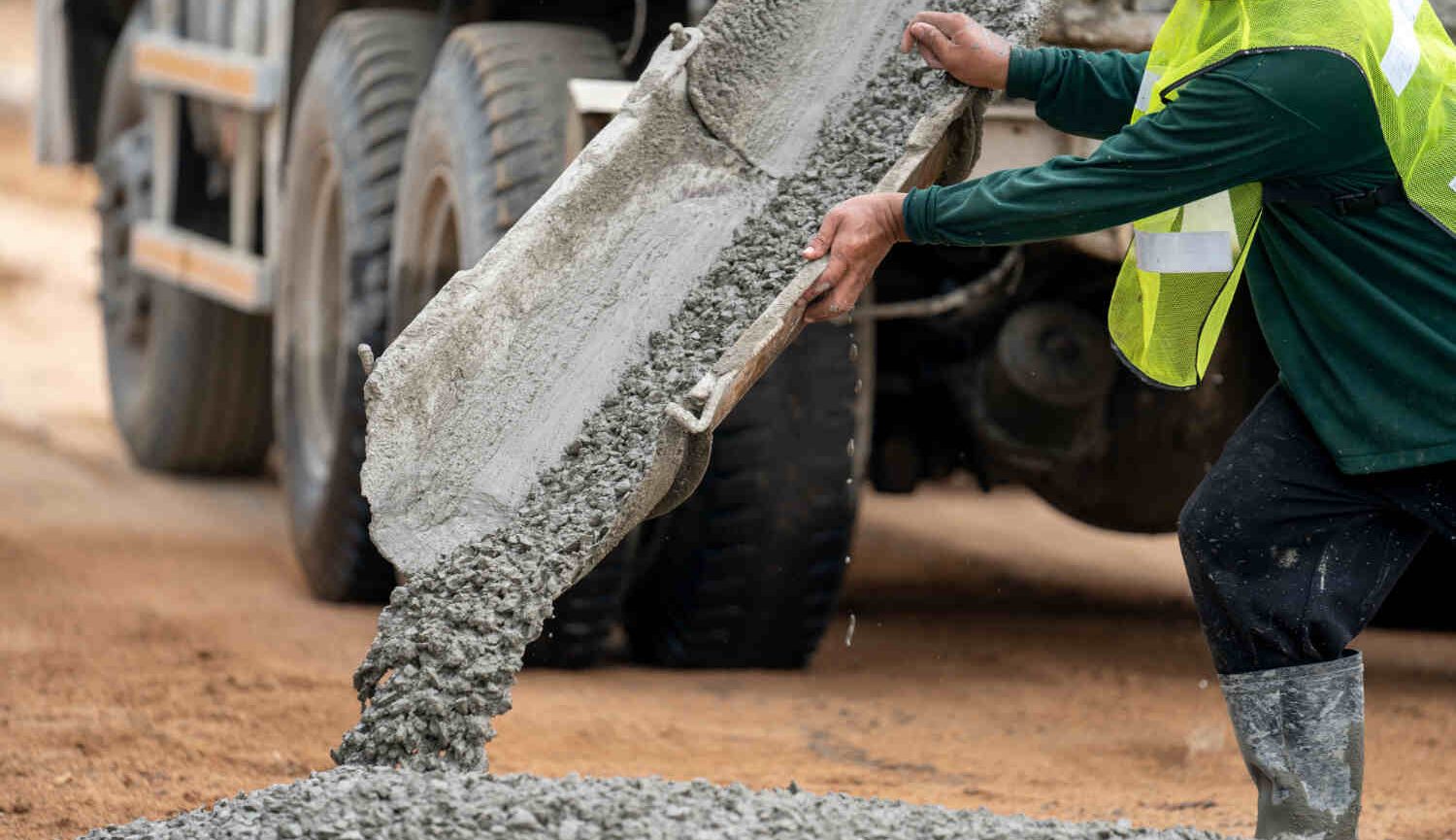Ready-mix concrete (RMC) has emerged as a cornerstone in modern infrastructure projects, revolutionizing the way large-scale construction is approached. This concrete type, known for its reliability and high quality, is prepared in batch plants according to specific mix designs and then transported to construction sites in mixer trucks. This method ensures a consistent and precise mixture, significantly enhancing the efficiency and structural integrity of construction projects. The growing popularity of RMC in the construction industry is attributable to its numerous advantages.
Understanding Ready-Mix Concrete
Ready-mix concrete is a precisely formulated blend of cement, aggregates (like sand and gravel), water, and often additives or admixtures. These components are carefully measured and mixed in large industrial facilities known as batch plants. The result is a homogeneous, high-quality concrete mix that can be transported to construction sites via mixer trucks, ready for immediate use.
The history of ready-mix concrete dates back to the early 20th century, with the first significant use recorded in the 1930s. Initially, RMC was seen as a convenient solution for urban construction projects, where space constraints made on-site mixing challenging. Over the years, advancements in technology and transportation have significantly improved the efficiency and accessibility of RMC, leading to its widespread adoption.
The evolution of RMC has been driven by the construction industry’s need for faster, more efficient, and more reliable construction methods. Innovations in mixing technology, improvements in logistics, and the development of specialized additives have all contributed to enhancing the performance of RMC. Today, it is a preferred choice for various construction projects, including residential buildings, commercial structures, and large infrastructural developments like bridges, dams, and highways.
Ready-mix concrete’s journey from a novel solution to a fundamental component in construction underscores its importance in the modern building industry. Its ability to adapt and evolve with the changing needs and technologies of the times has cemented its place as a crucial element in infrastructure development.
Advantages of Using Ready-Mix Concrete in Infrastructure Projects in UAE
- High-Quality Standards
Discussion on the Consistent Quality of RMC Compared to On-Site Mixed Concrete
Ready-Mix Concrete (RMC) stands out for its consistent quality, a key factor in its preference over on-site mixed concrete. Unlike traditional on-site mixing, which can vary in mix consistency due to human error and environmental factors, RMC is produced in controlled plant conditions. This controlled environment ensures uniformity in the mix, leading to concrete with consistent properties. The precision in the mix design of RMC means that it meets specific strength and durability requirements with greater accuracy, making it a reliable choice for critical infrastructure projects.
How Quality Control Measures in RMC Production Lead to Superior End Products
The production of RMC involves stringent quality control measures at every stage, from the selection of raw materials to the delivery of the final product. Quality checks include testing the properties of cement, aggregates, and water, as well as monitoring the mix ratios and admixtures.
Advanced technologies in RMC plants allow for precise measurement and mixing, ensuring that every batch meets the specified standards. Additionally, continuous testing and adjustments are made to account for environmental factors like temperature and humidity, which can affect the concrete’s performance. This meticulous approach to quality control results in superior end products that are robust, durable, and reliable.
- Time-Efficiency in Construction
One of the most significant advantages of RMC is its contribution to time-efficiency in construction projects. The preparation of concrete on-site is a time-consuming process that involves manual labor and coordination of multiple resources. RMC, on the other hand, is delivered ready for use, significantly reducing the time spent on mixing and preparation. This expedited process means that construction projects can progress more rapidly, with concrete pouring and setting happening in quicker succession.
Numerous large-scale infrastructure projects have reaped the benefits of RMC’s time efficiency. For instance, the construction of the Burj Khalifa, the world’s tallest building, utilized RMC to meet its stringent timeline and quality requirements. Similarly, the rapid construction of highways and bridges in developing countries is often facilitated by the use of RMC, enabling faster completion and earlier utilization of these critical infrastructures.
- Cost-Effectiveness
While the initial cost of RMC might be higher than traditional on-site mixing, it proves to be more cost-effective in the long run. The reduction in labor costs is one of the primary factors, as RMC requires fewer workers for mixing and handling. Additionally, the time saved translates into cost savings, as faster completion of projects means reduced labor hours and earlier project handover.
RMC also minimizes wastage of materials, as it is prepared to exact requirements, thereby reducing excess. This precision avoids the additional costs associated with over-ordering materials or the disposal of unused mixtures.
Comparing the Cost of RMC with Traditional Concrete Mixing Methods
On-site mixing incurs expenses related to the procurement of individual materials, equipment for mixing, and labor for preparation and handling. There are also hidden costs like the rectification of quality issues due to inconsistent mixing. RMC eliminates many of these expenses, offering a streamlined and efficient solution. Furthermore, the consistency in quality reduces the likelihood of costly repairs or do-overs due to inferior concrete quality.
- Sustainability and Environmental Benefits
- Reduced Material Wastage: RMC is mixed to precise specifications, which significantly reduces material wastage. Unlike on-site mixing, where excess material is often discarded, RMC plants only produce the required amount, minimizing waste.
- Efficient Use of Resources: RMC plants often use recycled water and aggregates, promoting the reuse of materials. This efficient use of resources plays a substantial role in conserving natural reserves.
- Lower Greenhouse Gas Emissions: The centralized mixing process in RMC plants is more energy-efficient and results in lower emissions compared to multiple on-site mixers. Moreover, the transportation of RMC to various sites is strategically planned to minimize fuel consumption and emissions.
JR Ready Mix plays a pivotal role in promoting sustainable construction practices:
- Eco-Friendly Additives: Modern RMC formulations often include eco-friendly additives and supplementary cementitious materials like fly ash and slag, reducing the reliance on Portland cement, which has a high carbon footprint.
- Energy Efficiency in Buildings: The consistent quality of RMC contributes to building better insulated and energy-efficient structures. This translates into lower energy consumption for heating and cooling, thereby reducing the overall environmental impact.
- Enhanced Durability and Performance
RMC, known for its superior quality and consistency, plays a crucial role in enhancing the longevity and performance of infrastructure:-
- Consistent Quality: The controlled environment of an RMC plant ensures a consistent mix, leading to uniformity in strength and durability across the entire structure.
- Resilience to Environmental Factors: RMC is formulated to withstand harsh environmental conditions, be it extreme temperatures, moisture, or corrosive elements.
- Versatility and Customization
RMC can be customized to meet specific strength, workability, and durability requirements of different projects. This includes adjusting the water-cement ratio, adding various admixtures, and choosing specific aggregates. For projects in extreme environments, like underwater structures or areas with high sulphate content in the soil, RMC can be specially formulated to withstand these conditions.
Types of RMC Variations Used in Different Infrastructural Projects
- High-Strength Concrete: Used in skyscrapers and large-span bridges, this type of RMC offers exceptional strength and load-bearing capacity.
- Lightweight Concrete: Ideal for non-load bearing walls and acoustic insulation, this variation is lighter and provides better thermal insulation.
- Fiber-Reinforced Concrete: Used in pavements, tunnels, and linings, this RMC variant has enhanced durability and resistance to cracking.
- Improved Workplace Safety
Ready-mix concrete (RMC) significantly enhances safety standards on construction sites. By shifting the complex and potentially hazardous process of concrete mixing to a controlled, off-site environment, RMC reduces the risk of accidents and injuries. The on-site risks associated with handling raw materials for concrete mixing, such as exposure to cement dust or mishandling of aggregates, are virtually eliminated. Additionally, the precision and consistency in RMC production minimize the likelihood of structural failures, a common concern with poorly mixed concrete.
The Reduction of Risks Associated with On-site Concrete Mixing
On-site concrete mixing often involves the manual handling of heavy materials, creating ergonomic risks and potential injuries. RMC eliminates these manual tasks, reducing the physical strain on workers. Furthermore, the process of on-site mixing can lead to spills and environmental hazards, which are significantly reduced when using RMC. By streamlining the construction process, RMC not only ensures a safer work environment but also contributes to a more organized and less cluttered construction site, further reducing the risk of accidents.
- Reducing Wastage and Resource Management
Traditional on-site mixing often leads to overestimation of required materials, resulting in surplus concrete that goes to waste. RMC, on the other hand, is delivered in precise, pre-calculated quantities tailored to the specific needs of the project. This precision ensures that only the necessary amount of concrete is used, significantly reducing material wastage.
Apart from reducing material wastage, RMC contributes to efficient resource management in several ways. The centralized production of RMC means better control over the use of raw materials and a reduction in the carbon footprint associated with transporting these materials to multiple sites. Also, RMC production facilities often utilize advanced technology to recycle water and materials, further enhancing resource efficiency. This efficient management of resources is not only economically beneficial but also aligns with sustainable construction practices.
Building a Safer, Greener, and More Efficient Future with JR Ready Mix
The adoption of Ready-Mix Concrete (RMC) presents a compelling case for modern construction practices, with its numerous advantages ranging from enhanced safety and reduced material wastage to improved resource management and sustainability. The use of RMC translates into more efficient, safer, and environmentally responsible construction projects. For your next construction project in the UAE, consider the superior quality and service of JR Ready Mix Company. With our commitment to excellence and sustainability, we ensure that your project benefits from the myriad advantages of RMC. Order from JR Ready Mix today, and take a significant step towards a safer, more efficient, and eco-friendly construction process.



